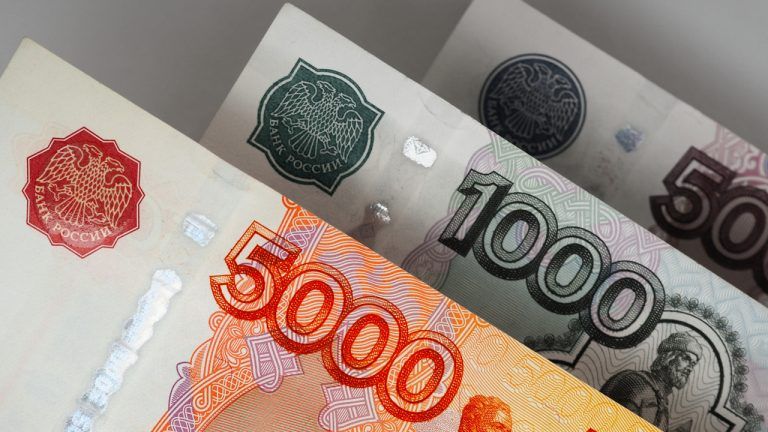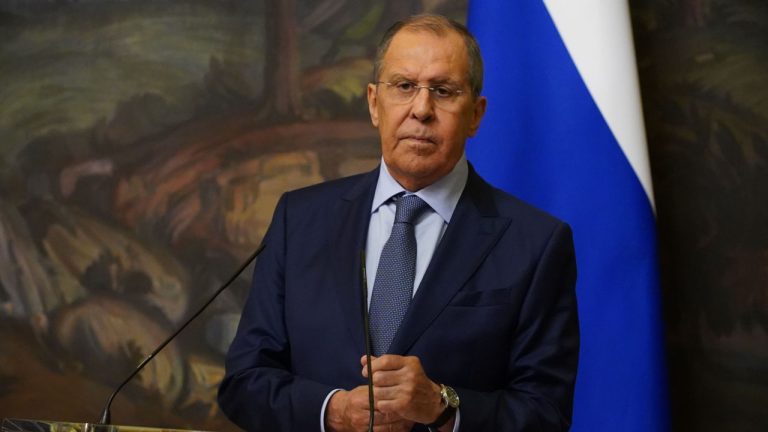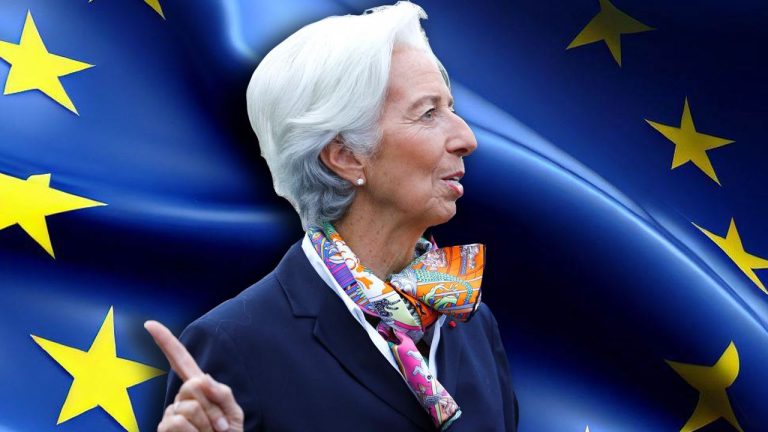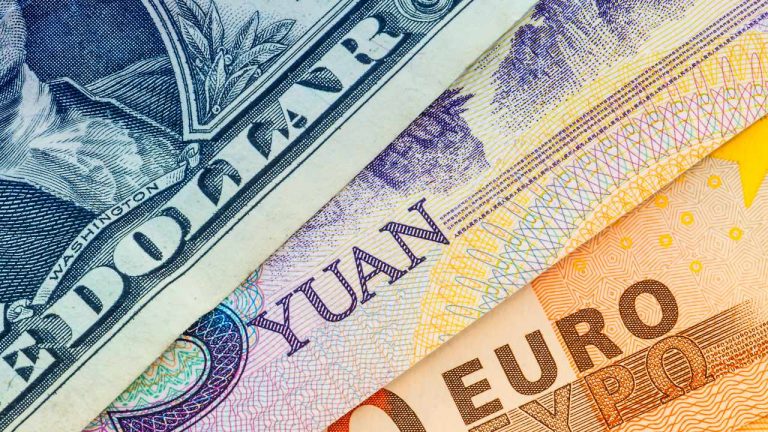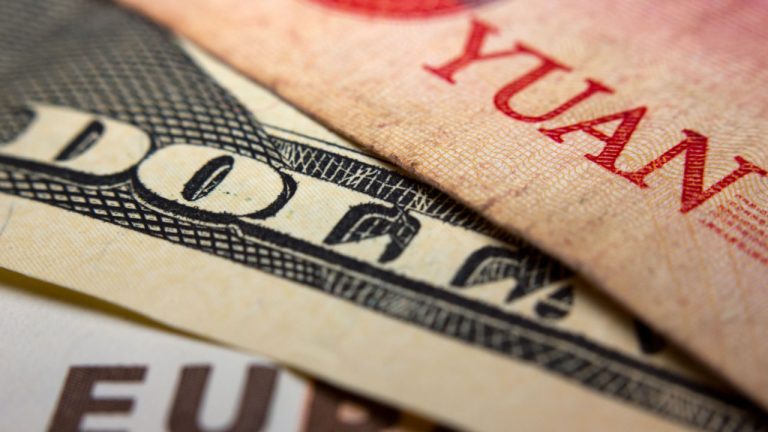
Cointelegraph analyst and writer Marcel Pechman explains why the cryptocurrency market has been falling behind the stock market after the Fed’s hawkish stance.
Macro Markets, hosted by crypto analyst Marcel Pechman, airs every Friday on the Cointelegraph Markets & Research YouTube channel and explains complex concepts in layperson’s terms, focusing on the cause and effect of traditional financial events on day-to-day crypto activity.
Episode 13 of Cointelegraph’s Macro Markets begins by exploring why the United States Federal Reserve’s latest move has been pinned on the stock market rally. According to Cointelegraph analyst Marcel Pechman, part of the market was doubtful that the Fed would continue to sustain interest rates above 5% for the remainder of 2023 as the risks of an economic recession increase, but apparently, they were wrong.
Pechman states that the U.S. government signaled it is not afraid of unemployment and weaker corporate earnings as long as inflation is controlled. Therefore, the most probable reasons for the U.S. stock market rally were the risk of the Fed raising interest rates — which did not materialize — and the recent macroeconomic data, which came in at 4% inflation and 1.6% retail sales growth.
Meanwhile, according to Pechman, the crypto regulatory environment is definitively unfavorable, and the two biggest risks for the U.S. dollar have dissipated: the debt ceiling and out-of-control inflation. Thus, considering the weak real estate sector, investors seem correct to pick the stock market as their preferred instrument in the coming months.
The next part of the show discusses the European Central Bank (ECB) raising interest rates for the eighth successive time. For Pechman, it became clear that the ECB hasn’t been as hawkish as the U.S. Federal Reserve and is now playing catch-up on its 3.5% basic interest rate.
Pechman explains how credit default swaps work and shows the distortion between U.S. and European countries’ risk according to markets’ pricing. His conclusion? Perhaps the U.S. dollar will hold its dominant reserve status for longer than expected. However, the odds are not looking great for the euro, as the region has already entered a technical recession after two successive quarters of negative growth.
If you want exclusive and valuable content from leading crypto analysts and experts, subscribe to the Cointelegraph Markets & Research YouTube channel, and join us on Macro Markets every Friday.
